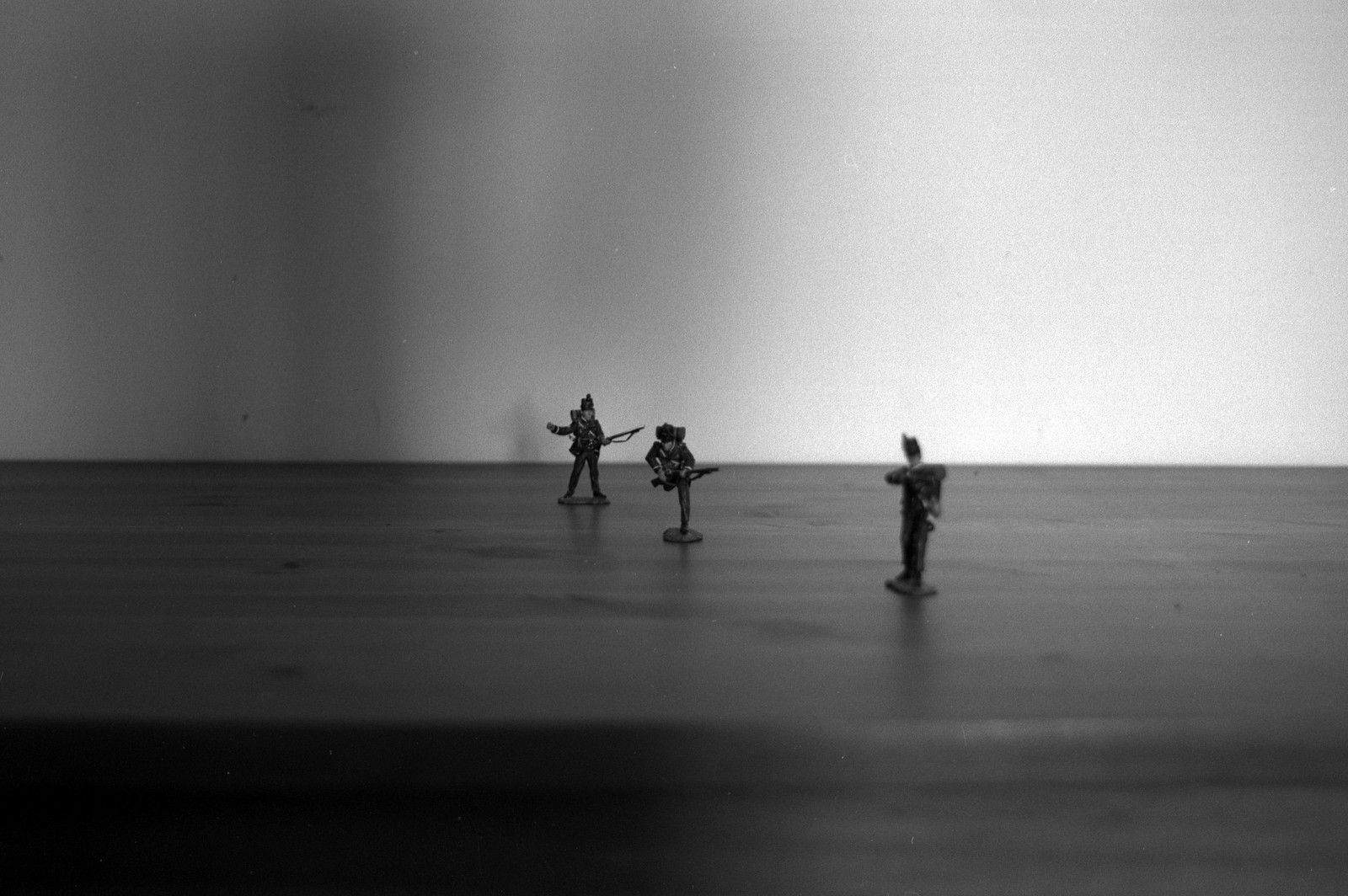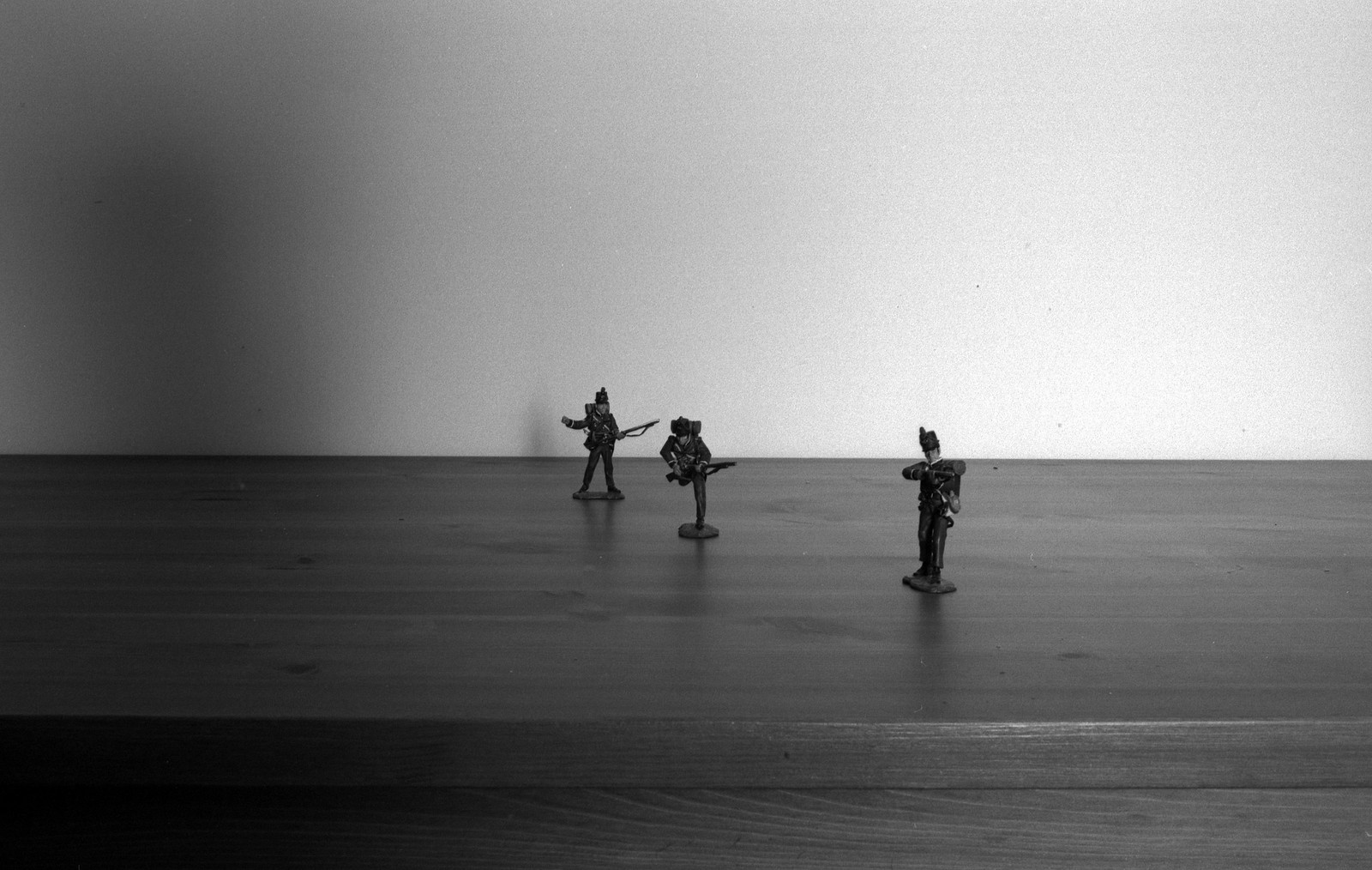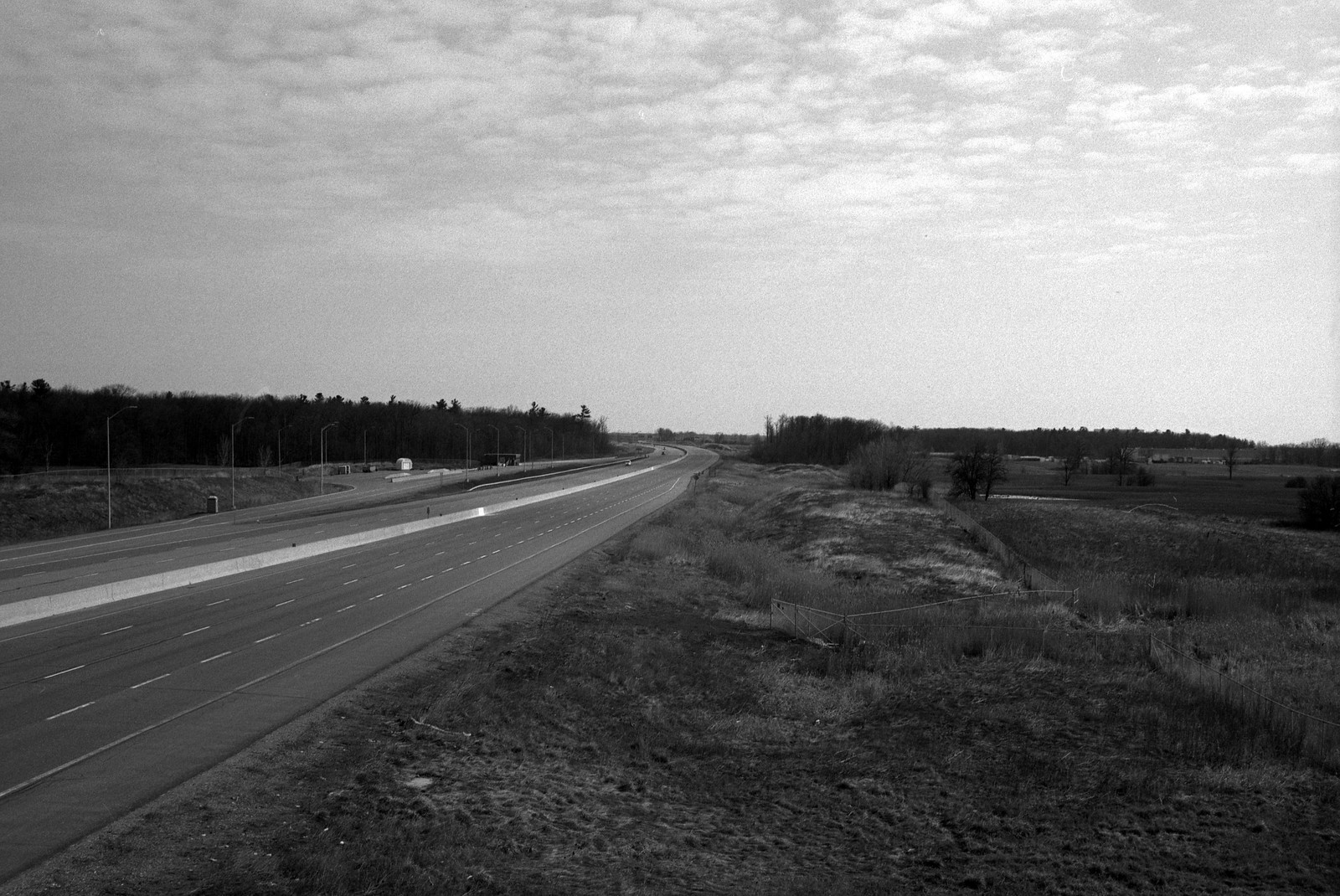The 35mm f/2.8 lens saw initial release in 1959 and consisted of 7 elements in 6 groups, this optical construction would continue into 1974. The AI version of the lens that saw release in 1974 changed the optical construction to 6 elements in 6 groups (a construction shared with the f/2 version). In 1979 a fourth version of the lens saw release that many see as ‘inferior’ with only 5 elements in 5 groups. The lens I’m reviewing today is the fourth version of the 35mm f/2.8, and honestly, I find it just as good as my 35mm f/2D. Not only does it still perform well optically, but it’s also one that is not as popular and thus is a little more cost-effective in the long run.

Lens Specifications
Make: Nippon Kōgaku K.K.
Model: AI-S Nikkor 35mm 1:2.8
Focal Length: 35mm
Focal Range: ∞ – 0.3m
Aperture: f/2.8 – f/22, 7 Blades
Structure: 5 Elements in 5 Groups

Nikon FE – AI-S Nikkor 35mm 1:2.8 – Ilford Delta 100 @ ASA-100 – Ilford Perceptol (1+1) 17:00 @ 20C
Build Quality
Like all manual focus lenses, the Nikkor 35/2.8 is all metal, the focus ring is rubberised. And the lens despite being a lower optical build maintains a bit of heft. Mostly because of the front element stands out a bit from the focusing ring. And I’m not sure if it is just my copy of the lens or a general issue with the lens as a whole I find the focusing ring a bit loose, not the extent it gets focus creep but I have trouble doing finer focus. And the aperture ring is a bit stiff. But other than that the lens is well built, the one thing you do need to watch out for is the lens flare like all Nikon 35mm cameras. Thankfully I do have the metal Nikon lens hood that almost never leaves the lens, the same as the AF 35/2D. It also keeps with the Nikon standard 52mm diameter for the filters.

Nikon FE – AI-S Nikkor 35mm 1:2.8 – Ilford Delta 100 @ ASA-100 – Ilford Perceptol (1+1) 17:00 @ 20C
Nikon FE – AI-S Nikkor 35mm 1:2.8 – Ilford Delta 100 @ ASA-100 – Ilford Perceptol (1+1) 17:00 @ 20C
Nikon FE – AI-S Nikkor 35mm 1:2.8 – Ilford Delta 100 @ ASA-100 – Ilford Perceptol (1+1) 17:00 @ 20C
Nikon FE – AI-S Nikkor 35mm 1:2.8 – Ilford Delta 100 @ ASA-100 – Ilford Perceptol (1+1) 17:00 @ 20C
Image Quality
Don’t let anyone tell you otherwise, but the optical quality on this lens despite the massive change in optical construction than earlier versions the image quality remains excellent. There’s no distortion at a distance of 5′ or even closer, which means your straight lines stay straight. There’s no fall off or soft corners even wide open, and the f/2.8 aperture is no slouch. Personally I find the lens performs the best when shot between f/8 and f/16 which is where most of test shots in the field images were shot at given the super bright day. Of course, like at 35mm Nikons, you do have to watch out for that flare given how close to the front of the lens body the front element is, but having that metal lens hood reduce lens flare. The out of focus elements retain excellent edge smoothness but aren’t anything special or noteworthy. But once you hit that sweet spot, everything snaps into focus, you can see excellent detail and even when close focusing nothing is missed.





Applications
Like other 35mm lenses, the 35/2.8 is a good in-between lens, nothing too wide or too close. And remains my favourite ‘general use’ lens when out on photo walks or travelling. As it gives a closer angle of view than you get with your natural eye-sight. And honestly, the lens is never too far from my kit when working with my Nikon FE or Nikon FA. For portraits, the lens does a good job for environmental tasks, and the wide f/2.8 aperture allows for subject isolation. But it also works well for landscape work when you don’t want to lose everything with a wide-angle lens. While I don’t use it often on my a6000, it works well adapted for mirrorless digital cameras without any major loss and gives you a decent fast ‘normal’ lens on a crop sensor or the expected in-between on a full-frame camera.





The Low Down
As I stated at the beginning, this is the fourth version of the lens and a far cry from the original optical build. Nikon released the first version in 1959 with a 7 Element in 5 Groups construction the Nikkor-S 3.5cm f/2.8 they updated it in 1962 which brought it up to the classic 7 Element in 6 Groups both of these were non-AI lenses but could be converted. A further update in 1974 took the optical build to 6 Elements in 6 Groups, this is the first native AI version of the lens. The element design dropped to 5 Elements in 5 Groups in 1979 which was available in both AI and then as AI-S in 1981. Now the trouble is that both the 1974 AI and 1979 AI versions look very similar, the easiest way to tell the difference without having to dig through piles of serial numbers look at the depth of field scale. If the scale is small and is flush to your focus ring then it’s 5E/5G version, if the scale is ‘under’ the focus ring then it’s the 6E/6G version which many see as ‘superior’ but honestly, the difference between the two is only by how deep are your pockets. And if you have a black depth of field scale then it’s AI, silver, AI-S. The cost of these on the used market run between 120 to 200 dollars.
Further Reading
Don’t just take my work on the AI-S Nikkor 35mm f/2.8, check out these other reviews.
Phillip Reeve – Nikkor 35mm f/2.8 Review
Lens Beam – Nikkor 35mm f/2.8 (AI-S) Review
1 Comment